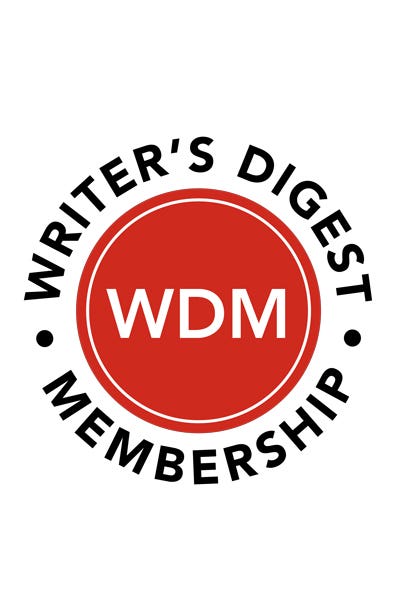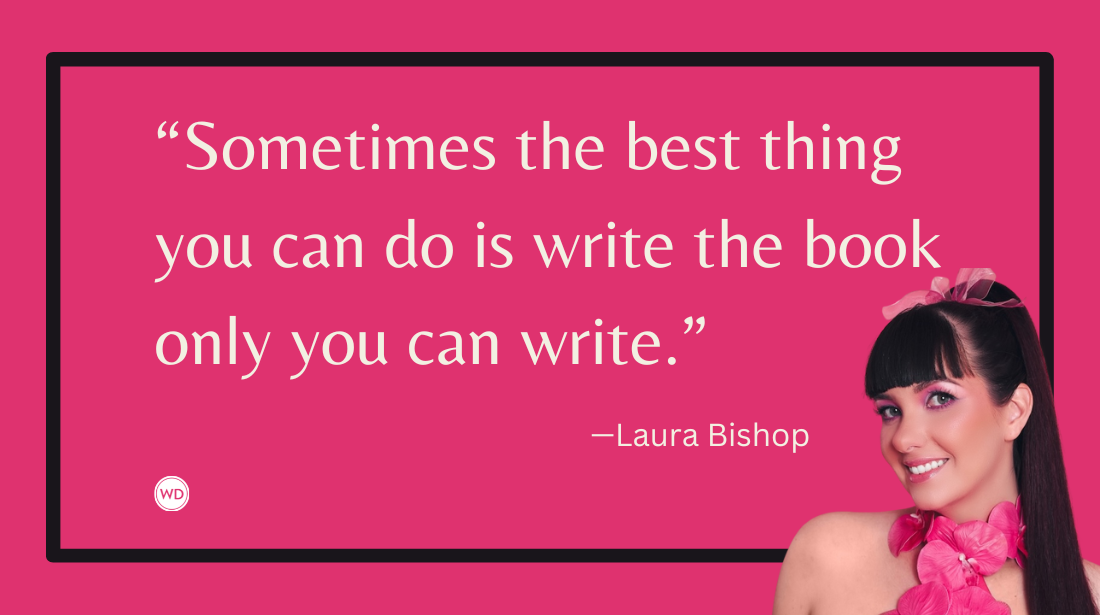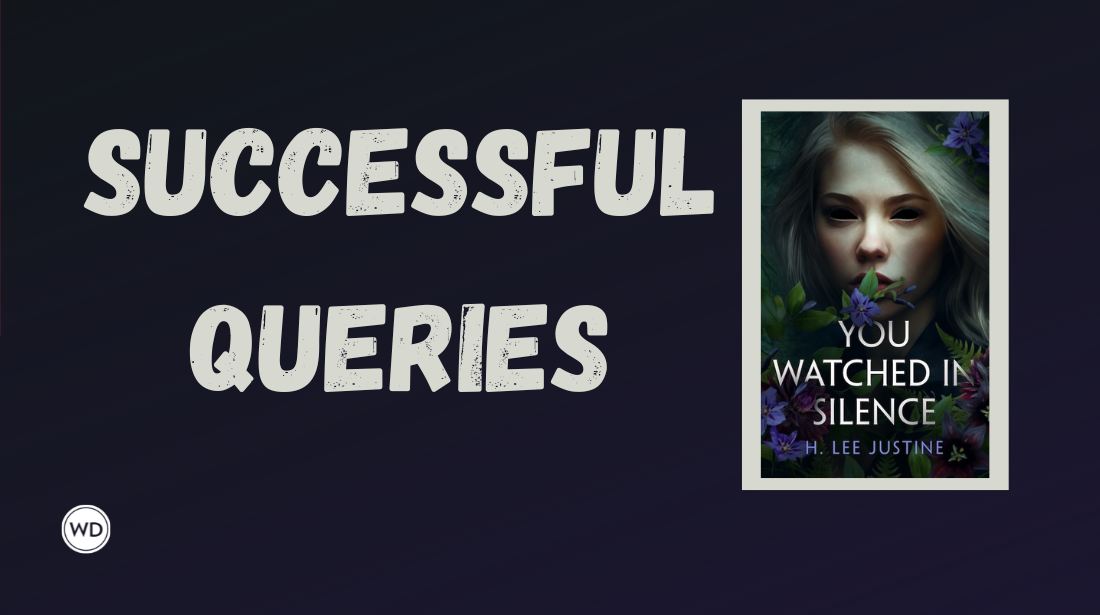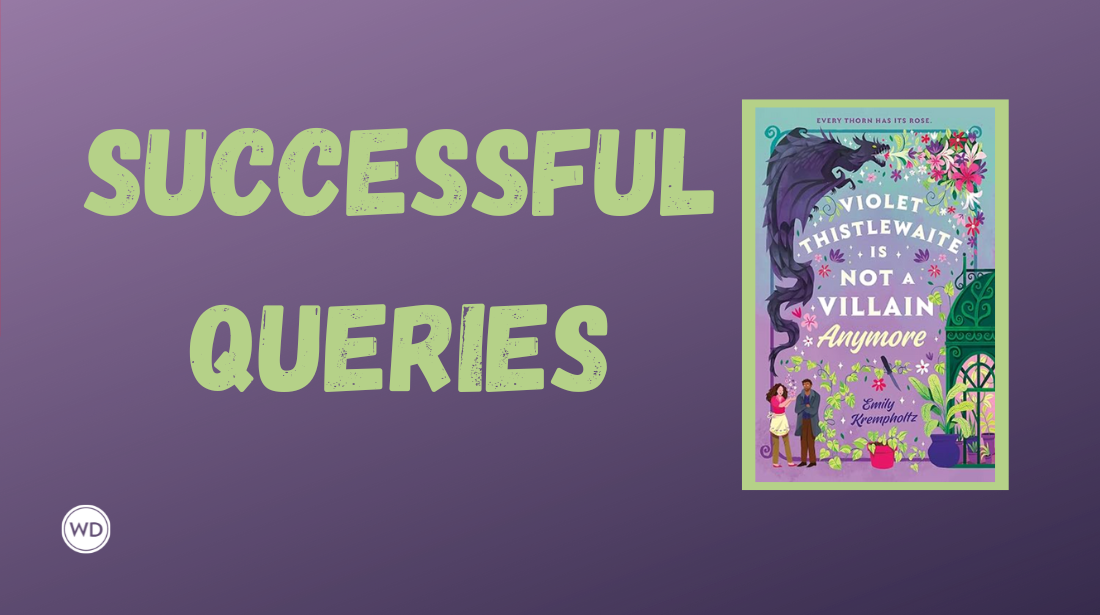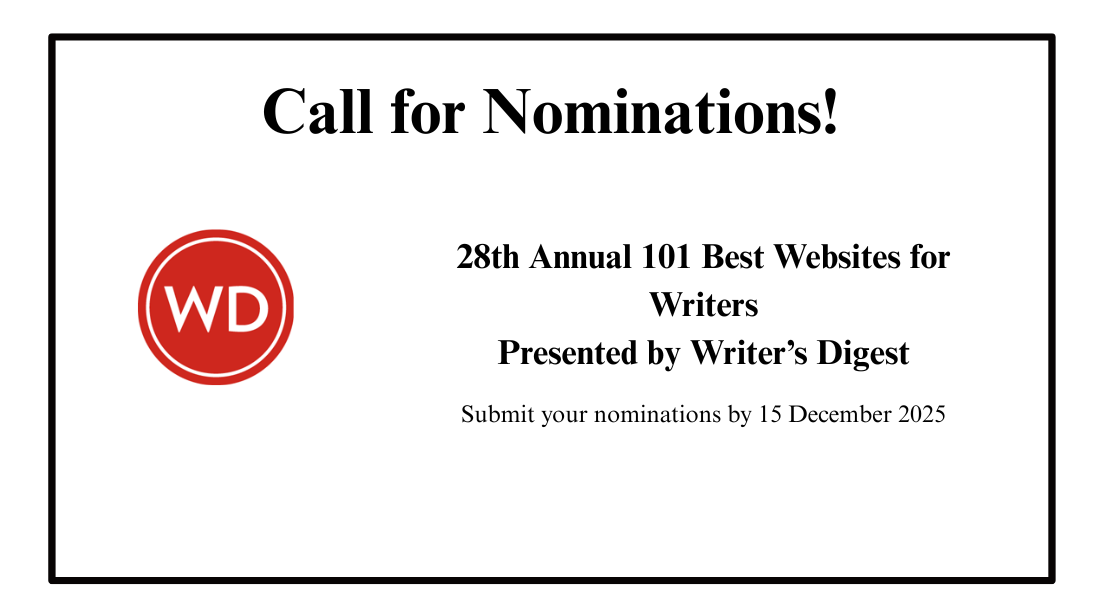Advice for Writers: 3 Keys to Connecting With Young Readers Online
Here are three guiding stars to navigate the ever-changing Web.
Social media is a vast space that, like the universe, keeps expanding. It’s a realm where a writer can quickly become overwhelmed: websites, blogs, Listservs, apps, Facebook, Twitter, Instagram, Pinterest, Tumblr, Goodreads, YouTube, Google+, Ning, Shelfari, Red Room, StumbleUpon and so on. Social media outlets trend: They come on the scene (Vine), they go (Myspace), and some of them are even designed to self-destruct (Snapchat). And when you’re trying to build an author platform based on outreach to kid and teen readers—who tend to be even more trend-aware than adults—steering through this starry space can be especially tricky.
Here are three guiding stars to navigate the ever-changing Web.
*********************************************************************************************************************************
Guest column by Lee Wind (leewind.org), who is a blogger, writer and TV/radio producer whose success blogging about children’s literature has led to speaking at schools and conferences, interviewing famous authors and publishing insiders, and even writing cool articles—like this one!
*********************************************************************************************************************************
1. Know who your audience is—and where to find them.
First, if this isn’t immediately obvious: You need an online home. It’s not enough to find out what social media networks teens are frequenting and set up profiles there. You’ll also need a landing page (a website, a blog, etc.) where readers can, at minimum, find out basic information about you and your work, and link to your various social media profiles, all in one place. Consider two goals: How can you make it easy for someone who’s heard about you (or one of your books) to find you? And, how can you make it easy for someone who is interested in the kind of things you write to find you?
If you’re writing for middle-grade or young adult audiences, you can focus your online efforts primarily on those readers. To reach audiences younger than that, your efforts are better spent appealing to the gatekeepers who influence or oversee their reading: parents, librarians, educators and booksellers.
Many of the best author websites, though, cater to both audiences, sending young readers to one area of the site, gatekeepers to another, and even (for those active in the writing community) fellow writers to a third. Cynthia Leitich Smith, online powerhouse and bestselling author of the Tantalize series, is one example. She divides her website into the following subpages: About Cyn, Cyn’s Events, Books for Kids, Books for YAs, FAQs for All, Goodies for Writers, and Children’s and YA Lit Resources.
A huge part of reaching your audience is knowing where they’re spending their time online and how they prefer to use those different social media spaces. Kiera Cass, bestselling YA author of the Selection trilogy, says she’s found that Q&As seem to be best received on Twitter, and fan art contests draw the biggest followings on Tumblr. She cautions, however, that what’s true of one author’s specific audience might not be true of another’s. “I’d bet it works in different places for different fandoms,” she says. She recommends doing some careful trial and error to better focus your efforts where the fans respond. After all, she says, “If they’re not excited, what’s the point?”
2. Deliver what that audience wants.
Once we know who we’re reaching out to and where to find them, we next need to figure out what we can offer to meet our specific audience’s desires. Readers of bestselling author Jeff Kinney’s Diary of a Wimpy Kid series want the fun stuff—like the gadgety “Fortune Reader” on his website that ties into the eighth book in the series, Hard Luck. That’s quite different from the searingly powerful poems that readers get at the website of bestselling YA novels-in-verse author Ellen Hopkins.
“We are past the days of a come-and-see website,” says author Mitali Perkins, a 2012 Boston Public Library Literary Light for Children honoree. Now, she says, “It’s come and chat.” With that in mind, let’s consider some of the most effective features successful authors are offering their young readers online.
Giveaways & Contests: Signed copies are perhaps the most common kind of giveaway. There are many ways to go about this. With authors who have the resources, an everyone-wins scenario can be a rewarding approach. Smith signs and mails bookplates to readers who request them. Catherine Ryan Hyde personally inscribes e-books via a service called Authorgraph. For his debut book launch, Greg Pincus arranged to sign at a bookstore that then mailed his books to readers who couldn’t attend.
Contests are another way to build reader excitement—and keep them coming back for more. For a more limited giveaway, a contest can be as simple as having readers leave a comment to enter a drawing to win a copy of the book; these sorts of contests work especially well when you’re trying to broaden your audience. Once you have an existing fan base, you might conceive of something more elaborate, such as Leviathan series author Scott Westerfeld’s “Show Us Your Steampunk” (Not sure what steampunk is? Here's an explanation.) photo contest on Facebook—where for a chance to win and be seen, fans dressed up in their best steampunk costumes and took photos of themselves holding Westerfeld’s books. Prizes included signed copies and physical props from the books’ cover shoots. Having fans dress up as characters from his popular fictional world was a powerful way to engage them not just with the author, but with one another, too.
FAQs, Q&As & Resources: Creating your own Q&A or FAQ page is a simple way to serve multiple purposes. It can help with student book reports (Smith explains which of her characters would identify as Native American and which as American Indian, for example), satisfy readers’ curiosity about everything from your characters to your own favorite foods, and free you up from answering the same questions over and over. Resist the urge to be overly formal. Write in your voice, which will almost certainly appeal to your young audience much more than any sort of “professional author” persona. For instance, check out YA award-winner Libba Bray’s answer to the perennial Where do your ideas come from? on her FAQ page:
From Ideaworld! It’s the big mega-idea mart on the edge of town. I take my cart and roll down the aisles picking up plot, metaphor, simile, character, theme, whatever I need. Sadly, they are almost always out of stock on everything except the Enormo-Box of 100% Suck, which I already have plenty of. So then I am forced to pull ideas from everywhere—my iPod, books/newspapers/magazines/cereal boxes, urban and/or nature walks, people watching, the cats, art museums, everyday human interaction, everyday alien interaction, etc. Then I dust off the old imagination and work my bum off to try to make it into palatable story bits.”
For authors whose books deal with fact or issue-driven subject matter, offering readers resources beyond the Q&A format can be a way to show that you care about your young readers, help them learn more, and ensure that they’re still thinking and talking about your book long after they finish reading it. Cheryl Rainfield, whose books delve into some of the harder challenges teens face (such as Scars, which explores self-harm), offers website visitors “Healing and Inspiring Links” with more than 300 resources on topics like self-esteem, abuse, addiction and more.
Apps, Games & Extras: Kiera Cass offers deleted scenes from her books on her website. She also links to Pinterest pages of images “that inspire me/remind me of my book.” Readers there can then comment on those images, like or “repin” them, exponentially expanding Kiera’s reach.
The lure of extras like these can also drive readers to any apps you might offer for tablet- and smartphone-happy teens. Readers of Richelle Mead’s Vampire Academy series and Bloodlines series can access the “Interactive Character Map” on her app, where they can uncover little-known facts and secrets about her main characters and see how all the members of her cast are interconnected.
Games appeal to MG and YA readers, too. In one popular model, readers can play “Crack the Code With Sammy Keyes” at Wendelin Van Draanen’s website to unlock a new Sammy Keyes mystery story piece by piece.
Interactive Challenges: Fan fiction can be especially popular among young reader-writers. On Scholastic’s multiauthored “The 39 Clues” website, every other Friday visitors are prompted with “an explosive story starter,” challenging them to reply with their best fan fiction. From there, readers engage with one another via their stories, building a community.
A close relative of fan fiction is fan art: On his blog, Westerfeld shares reader art inspired by his books and characters, from decorated objects to computer animation to hand-rendered drawings. Not getting a lot of comments on your blog? Scott’s fan art posts get hundreds of comments—some more than 800!
Challenges like these can be hosted either just for fun or for prizes. Perkins, whose books and online offerings explore life between cultures, encourages her readers to be writers as well by hosting annual prose and poetry awards for “Teens Between Cultures.”
Videos: Bestselling YA author John Green and his brother Hank post regular videos (as the vlogbrothers) via their YouTube channel, which has developed a cult following of fans who call themselves Nerdfighters (as in nerds who are fighters in spirit, not people who go out and fight nerds). Video topics are far-reaching, as in Green’s “Project for Awesome” (in which he discovers after doodling all over his face with permanent marker that he doesn’t have a “Sharpie-face-removal-plan”). Other fan favorites include “Cooking with a 3-Year-Old: The Mac & Cheese and Communist Celery Edition,” which is clocking more than a million views. While those may seem random, they’re all an extension of what makes Green’s books so popular in the first place; the author shows himself as funny, smart, likable and real.
Authentic Connection: Sometimes, as Perkins puts it, we need to “reward responders with attention.”
Young audiences are often drawn to books because they make them feel as if someone is sharing the experiences they’re maturing through, and with some careful thought authors can make their websites a real-time extension of that. To that end, Hopkins offers a safe space and a sense of caring and connection that resonates with her audience. Expanding on the theme of her novel Perfect, her website features a “What Makes You Perfect” wall, telling visitors: “Only you can decide for you what is perfect. Share something about you that you think makes you perfect.” Her readers respond in spades, opening up and sharing deep and sometimes searing truths.
YA bestseller Sarah Dessen has a separate community website (powered by Ning) called Sarah-land, the “Official Community for Sarah Dessen fans looking to talk about books, writing and all things Sarah!” Members can access forums, groups, videos, a chat space and more.
Giving our readers a place to connect with one another can be invaluable, but we should remember that readers are reaching out online because they want to know more about us, too. Don’t be afraid to step out of your professional author persona and just be yourself. Hyde maintains separate author and personal pages on Facebook and Google+ but recently learned that her content needn’t be so segregated. “I accidentally posted one of my #DailyGratitude photos [from my personal profile] onto my Facebook author page, and everybody liked it so much that I now share my gratitude posts with readers,” she says.
Look again at the earlier examples and notice how much Bray’s funny description of “Ideaworld” entices us to see if her books are just as entertaining, and how Hopkins’ heartfelt offerings promise to be a natural extension of both herself as an artist and the fictional work she writes. Watch Green make that dinner with his young son, and then read the opening chapter of The Fault in Our Stars, and the consistency will be clear. We shouldn’t pander to young readers online. Authenticity wins, every time.
3. Decide how to best focus your time—and remember why you’re doing this.
So how much of this do we have to do? Outside of having an online home, how many social media outlets do we have to be on?
There’s no “have to.” It’s better to be actively engaged in one place, and create a following and a strong connection with readers and potential readers there, than to be sort-of-doing-the-occasional-thing everywhere. It’s a bit like mixing juice from concentrate—if we dilute it too much, there’s no flavor left. Aiming for one or two social media outlets is a great place to start.
Choose something, and do just that—start. Experiment. See what comes naturally, where and what your fans respond to, and whatyou like doing. (If you’re not having fun on social media, your lack of enthusiasm will come through and negate your efforts; read Authentic Connection above.) See also what time-savers you can find. Most platforms allow you to schedule posts and updates in advance, as well as automatically move information between outlets. For example, my seven weekly blog posts at I’m Here. I’m Queer. What the Hell Do I Read? and SCBWI: The Blog are sent automatically to my Facebook page.
The coolest thing—and also sometimes the biggest pitfall—about online social media is that there are no gatekeepers. We can put stuff out there and reach our readers and potential readers directly. No agents to pitch, no editors to hear back from. The danger is we’re putting stuff out there with no team vetting or filtering, so we need to be thoughtful about what we say and do and learn from our mistakes when we make them. But this is also an amazing freedom, and a chance to start our dream, right now.
Remember this, too: Unlike a print published book, there’s no “done” with an online presence or platform. We don’t have to get it perfect from the start. We can make it better as we go along. So figure out your Who, Where, What, How and Why, and steer for the stars.
Looking to write better? Get The Keys to Great Writing Bundle,
which features two of the best books on the craft of writing.
Get both books here for the price of one. Order now.
Thanks for visiting The Writer's Dig blog. For more great writing advice, click here.
*********************************************************************************************************************************
Brian A. Klems is the online editor of Writer's Digest and author of the popular gift bookOh Boy, You're Having a Girl: A Dad's Survival Guide to Raising Daughters.
Follow Brian on Twitter: @BrianKlems
Sign up for Brian's free Writer's Digest eNewsletter: WD Newsletter



